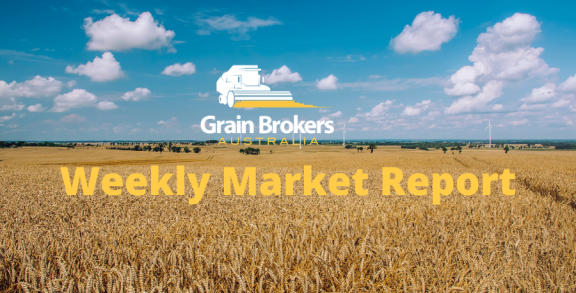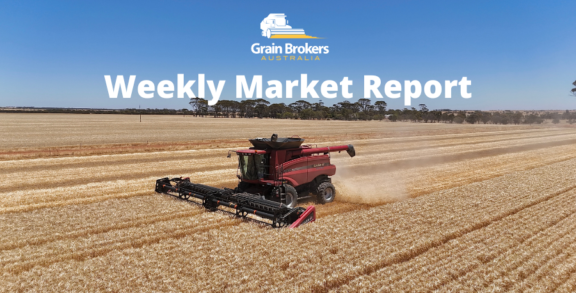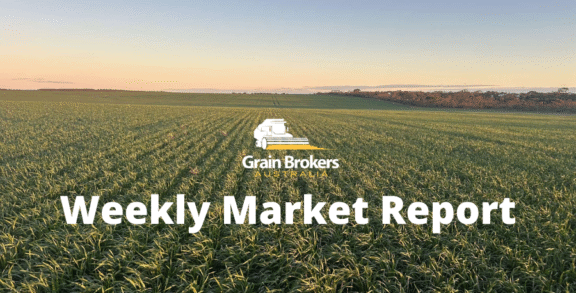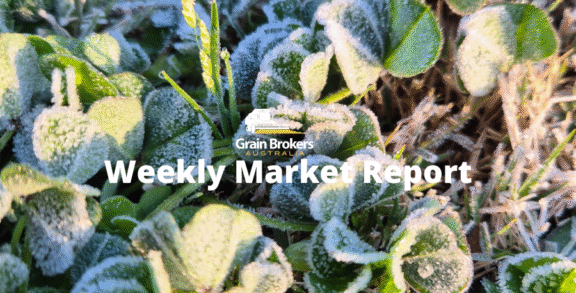
The United States Department of Agriculture (USDA) released its June Acreage and Quarterly Grain Stocks Report last week, and for the second consecutive year, the numbers blindsided the market.
As expected, the stocks numbers were bearish but the lower than expected planted area, especially in corn, caught the market by surprise and reversed the recent downward price trend.
Recall last year when the USDA pegged corn plantings at 37.11 million hectares, only a 445,000 hectares decline from the March Prospective Plantings Report and well above trade expectations. That was despite the slowest planting pace on record due to prolonged wet weather, and it sent corn futures limit down that day.
Meanwhile, the June 2019 acreage report had soybean seeding 1.86 million hectares lower than the March intentions number, the largest ever March to June decline in the soybean planted area.
Fast forward to June 2020, and the opposite has happened. The market had been expecting a decrease in the corn area to be largely offset by an increase in the soybean area. What they got was a lower than expected soybean area and a dramatically lower corn area.
The USDA estimated the total area planted to corn at 37.23 million hectares, more than 400,000 hectares below the lowest trade estimate and a whopping 2.02 million hectare drop from the March projection. And this came despite excellent planting conditions across most regions this year.
The area planted to soybeans came in at 33.91 million hectares, up a mere 121,000 hectares on the March intentions, but 370,000 hectares below the average trade estimate. That puts the total area planted to corn and soybeans at 71.1 million hectares, a massive 1.9 million hectares lower than the March projection of 73 million hectares.
The biggest question following the release of the report was where has the lost area gone? But maybe the expectations were too high from the start, particularly in light of the corn price on offer at seeding time. Perhaps the US farmer is reluctant to grow corn at these prices and is happier taking the prevent plant payment.
In March, the USDA estimated that the corn and soybean areas would be 39.25 million hectares and 33.79 million hectares respectively. This represented an increase in the corn area of 2.95 million hectares, or 8 per cent, and an increase in the soybean area of 3 million hectares, or almost 10 per cent compared to 2019.
So, in reality, the US farmer hasn’t lost acres, they just haven’t grown the corn and soybean areas as much as the USDA expected back in March. Based on the June USDA numbers, the combined area has still grown by 4.05 million hectares, or 6 per cent year-on-year.
Nevertheless, fund managers certainly didn’t expect such a low corn planted area, going into the report short around 280,000 contracts. And when the news broke, they ran for the exit, pushing corn futures sharply higher. Despite some profit-taking ahead of the 4th of July holiday in the US, they still closed the week at three-month highs.
The short-covering rally probably would have been more significant but for a few bearish elements. The lower corn area will trim around 23 million metric tonne (MMT) from production in the US this season, but this was partially offset by a higher than expected stocks number.
Corn stocks in all positions came in at 132.7MMT, compared to the average trade estimate of 126MMT and 132MMT at the same time last year. Weekly ethanol production in the US was up less than 1 per cent, and the pace remains around 10 per cent below the level needed to make the USDA’s corn for ethanol demand number.
In addition, the current crop rating of 73 per cent good-to-excellent (56 per cent last year), suggests this season’s yield could be above the USDA’s current projection of 11.2 metric tonne per hectare.
Corn may have stolen the limelight last week, but wheat also produced its own surprise. The all wheat area set another 100 year low rolling in at 17.91 million hectares, versus the average trade estimate of 18.1 million hectares and 18.3 million hectares last year.
Breaking that down a little further the winter wheat area was down 2 per cent on last year at 12.36 million hectares, the spring wheat area was lower than expected at 4.94 million hectares and the area sown to durum wheat rose 12 per cent year-on-year to 600,000 hectares.
Of greater concern from a wheat viewpoint is the deteriorating condition of the spring wheat crop which has dropped from 81 per cent good to excellent in mid-June to 70 per cent this week. The condition of the winter wheat crop has stabilised at around 51 per cent good-to-excellent, and the harvest has now passed the half-way mark.
Last week’s report certainly produced a few surprises. The market was expecting a bigger swing to soybeans, the lower than expected corn area took some comfort out of the balance sheet, and the US farmer continues to favour row crops over winter cereals.
Consequently, weather across the US will definitely be a significant driver of global markets in the coming months. However, the uncertainty surrounding COVID-19 and its impact on global demand remain the biggest query. Expect some carnage when the June quarter growth and consumption numbers hit the screens in coming weeks. Call your local Grain Brokers Australia representative on 1300 946 544 to discuss your grain marketing needs.





